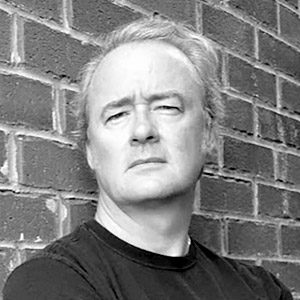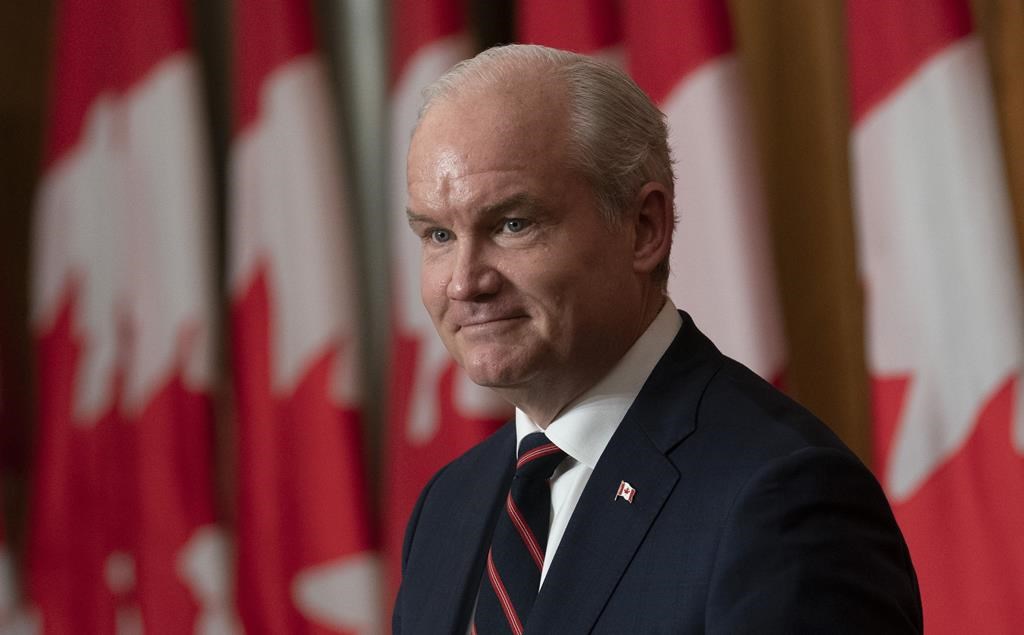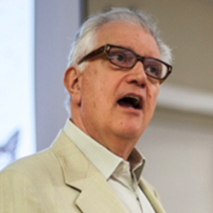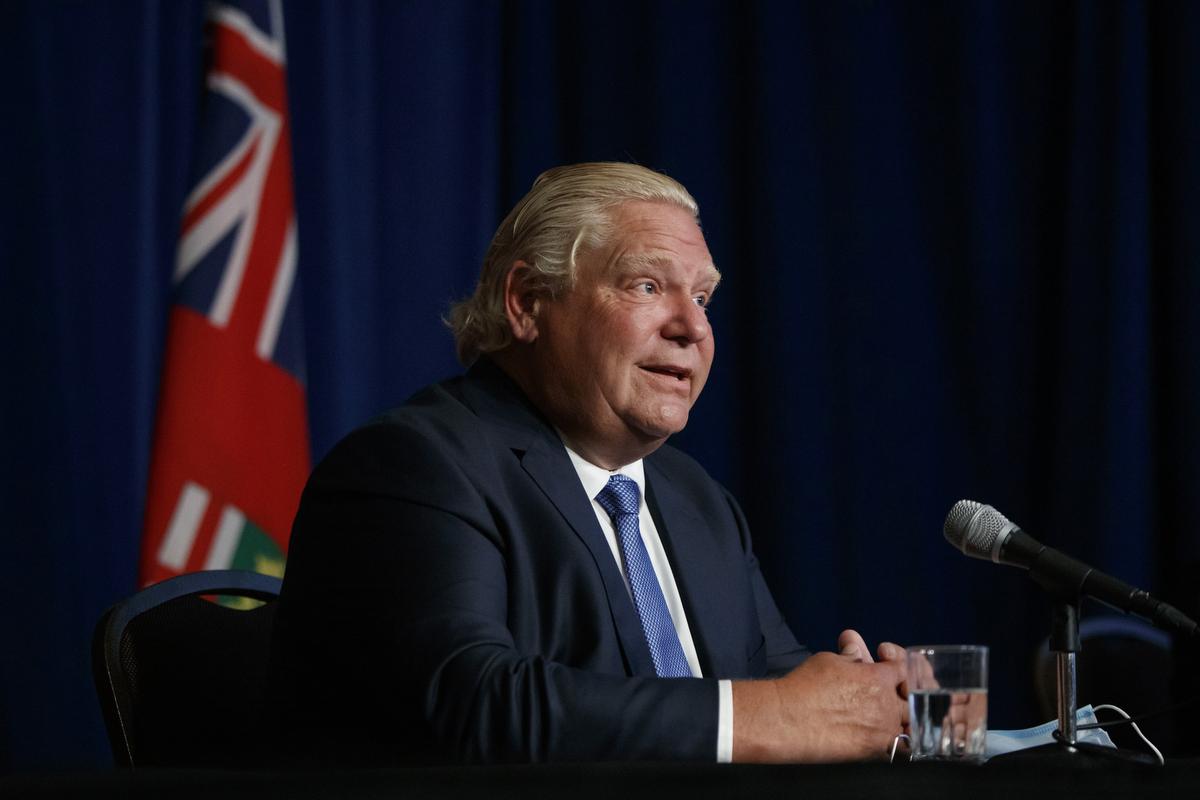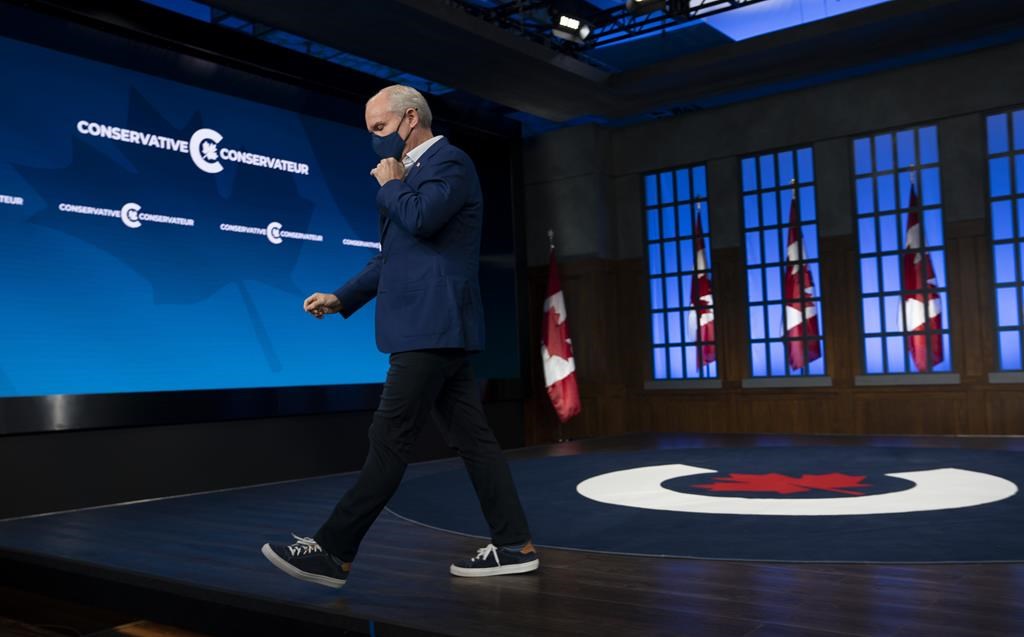Conservatives write. They write, and they say that Erin O’Toole should have won the election, he made too many mistakes, he needs to be replaced, blah blah blah.
They’re wrong. Here’s ten reasons why, gratis.
Erin O’Toole was never going to win the election. Liberal cult leader Justin Trudeau called the election because – way back in August – he was way, way ahead in the polls. Remember? He was in majority territory. He was going to romp to victory, the Opposition didn’t stand a chance, etc. etc. Well, he lost what he wanted the most: a Parliamentary majority. By holding him to that, O’Toole’s Conservatives won.
Erin O’Toole exceeded expectations. Everyone was surprised by that, this writer included. O’Toole had the advantage that my former boss Jean Chretien had: he was underestimated. When you’re underestimated, you can only go up. O’Toole went up – not dramatically, but enough to deny Trudeau a majority.
Erin O’Toole ran a not-bad campaign. Was it perfect? Nope. Was it flawless? No sir. But the Tories ran a campaign that was pretty good (with two notable exceptions, discussed below). His platform launch went well, his tour was error-free, and he had fewer candidate bimbo eruptions than anyone else.
Erin O’Toole wasn’t bad on his feet. Politics generally – and national elections specifically – are hard. They’re not easy, particularly when it’s your first time before the klieg lights. But O’Toole had been underestimated, as noted above, and he had been practicing for the big time – a lot. It showed.
Erin O’Toole looked pretty good. He lost a lot of weight. He looked comfortable. And he looked like he was having fun, too. Early on, O’Toole’s team decided to set up a professional-looking TV studio at Ottawa’s Westin hotel, and O’Toole shot a lot of videos there, and he looked…professional. Trudeau, meanwhile, was outside a lot, looking sweaty and angsty, with puny crowds and people shouting at him.
Erin O’Toole had good debates. He surprised the perpetually-angry/resentful/humiliated French media with his facility with their language. In the two French debates, he didn’t just play defence – he was comfortable enough going on the offence, too. And, in the single English debate – as with all of his TV appearances – O’Toole kept cool, per Marshall McLuhan’s maxim.
Erin O’Toole recovered from mistakes well. The worst errors in politics, in the Kinsellian Rule Book, are the self-inflicted ones. O’Toole’s promise to keep legal the weapon used in the Montreal and Nova Scotia massacres was stupid, stupid, stupid. So, too, his unwillingness to promise – as Ontario Premier Doug Ford has – to green-light only those candidates who are fully vaccinated. Stupid, stupid, stupid. But O’Toole pivoted away from both mistakes not-badly. He shouldn’t have made those mistakes in the first place – but he survived. Sometimes in politics, mere survival is the biggest win.
Erin O’Toole won’t be underestimated again – but he’ll be more ready. (Is that grammatical? More ready? How about readier? Readiest? Anyway, you get the drift.) He’s learned how to run a decent national campaign. Next time, he’ll obviously be better at it. Dumping him now means yet another rookie Tory leader, making yet more rookie mistakes mid-campaign. Bad idea.
Erin O’Toole can’t be replaced during a minority government. Okay, well, he can be, but it’s a dumb idea. Justin Trudeau, who has no soul, will take full and frequent advantage of a Conservative Party at war with itself. The instant he sees that Tories are divided, he’ll engineer a pretext for another election. Don’t fall into that trap.
Erin O’Toole seems to be a decent guy. Sure, yes: I know the maxim – in politics, nice guys finish last. But it’s not true. I’ve proudly worked for Jean Chretien and Dalton McGuinty – two HOAGS (Hell Of A Guy). We were able to secure six Parliamentary majorities with those HOAG-y good guys. Oftentimes, good guys finish first.
Will the Tories listen to me? Of course not.
Nobody listens to me.
Warren Kinsella was chairman of the war rooms for five of Chretien and McGuinty’s victories.






